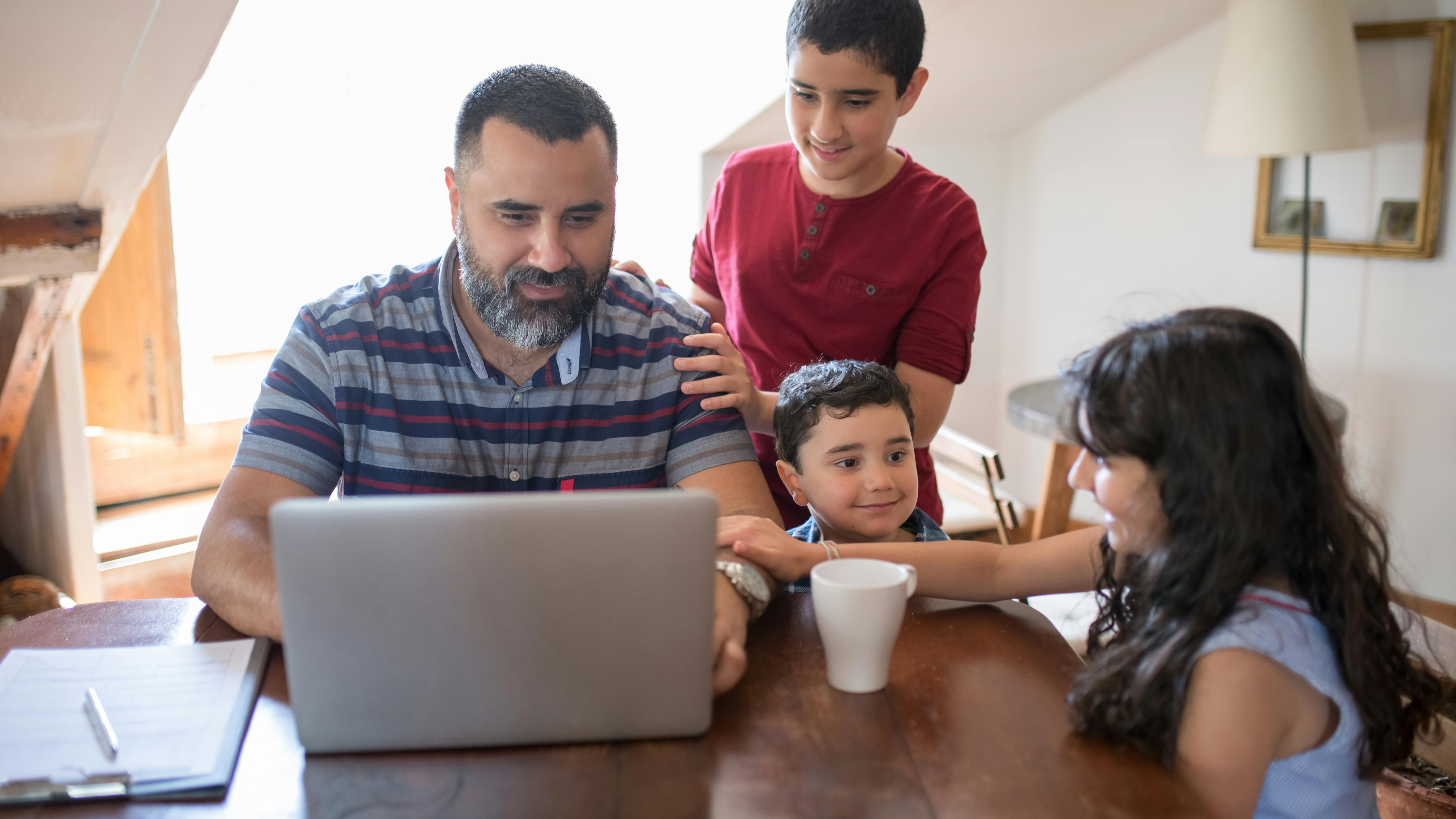
Understanding Parenting Schedules for Co-Parents
Navigating parenting after separation can be challenging, especially when attempting to establish an effective schedule. Co-parenting requires an understanding of both the child's needs and the dynamics between parents. Whether you are managing time with an ex-partner or blending families, certain key strategies can help ensure harmony during transitions.
Effective Co-Parenting Strategies
One of the most effective co-parenting strategies is establishing clear communication channels. Make use of co-parenting apps or calendars to share schedules, appointments, and events. This not only minimizes misunderstandings but fosters a cooperative spirit between parents. Additionally, it's valuable to include children in these discussions age-appropriately, giving them a sense of agency and understanding.
Tips for Blended Families
Blended families often face unique challenges as multiple traditions and parenting styles collide. During this integration period, patience and empathy play crucial roles. Setting family meetings can help everyone express their feelings and expectations, paving the way for smoother adjustments. Regularly discussing and respecting each child’s feelings about their parents' partners can promote a sense of belonging and reduce friction.
Maintaining Multigenerational Home Harmony
In families with grandparent caregivers, it's imperative to communicate openly. Grandparents can be invaluable support, but their parenting style might differ from yours. Establishing consistent rules and routines reinforces harmony. Additionally, actively seeking the grandparents’ input and insights fosters respect and connection, allowing everyone to contribute positively to the family dynamic.
Heartfelt Communication in Parenting
Emphasizing emotional regulation and empathy can transform conflicts into opportunities for connection. When disagreements arise, approach discussions calmly and avoid blaming. Utilize "I" statements to express feelings without turning the conversation into an argument. For instance, saying "I feel overwhelmed when schedules change at the last minute" allows partners to understand each other’s perspectives better.
In conclusion, co-parenting may seem daunting, but with strategic communication, empathy, and a commitment to collaborative solutions, families can create nurturing environments regardless of their structure. As you navigate these new dynamics, remember, positive co-parenting sets the stage for children to thrive emotionally and socially. Let’s embrace the journey together, and explore more practical tips that can help ease your co-parenting experience!
 Add Row
Add Row  Add
Add 




Write A Comment